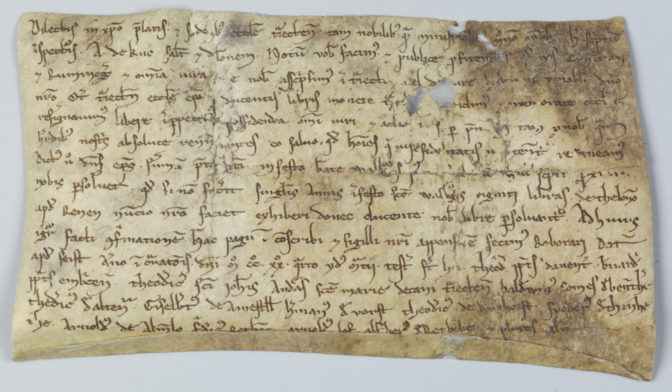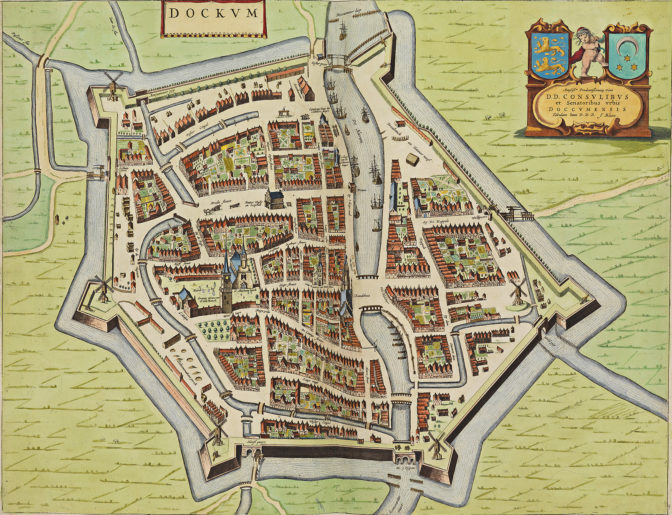Here are some of the new websites and resources that have become available to us in the past month.
Online Dutch records
- The National Archives published an index of houses that were sold by the Germans in World War II. Most of them had belonged to Jewish owners. The index is available as PDF or CSV.
- The West-Brabants Archief published scans of several town records of Fijnaart en Heijningen, Klunderrt, Willemstad, and Zevenbergen. The records include town resolutions, poll tax, property tax, and indemnity records. They can be accessed via Bladeren in bronnen [Browse records]. The records are unindexed.
- The West-Fries Archief published scans of population registers from 1830-1840 of Hoogkarspel, Schellinkhout, and Westwoud. They can be browsed in the Genealogische bronnen [genealogical sources] section of their website. The records have not been indexed yet.
- The Utrechts Archief finished scanning the oldest part (1220-1595) of the records of the Dom Chapter. The Utrecht Dom [Minster] was the most important church of the Netherlands in the medieval period. The scans are available through the finding aid and are unindexed. The finding aid includes abstracts (“regesten”) of the oldest charters.

The oldest record in the Dom Chapter archives, a letter from 1220.1
Project news
- The Koninklijke Bibliotheek, the Royal Library of the Netherlands, came to an collective agreement with the Lira Foundation, the Dutch copyright organization, regarding the copyrights of magazines and books that were published in the Netherlands and that are no longer commercially available. These books can now be published in the DBNL, the Digital Library of Dutch Literature. In return, authors will receive a small compensation. Efforts are being made to come to a similar agreement regarding the copyrights of Flemish authors.
Population reconstructions
- A family reconstruction of Bergen, Noord-Holland was published at Geneaknowhow (PDF). The reconstructions used the original church records, but only the indexes of the civil registration records so the information after 1811 was apparently not verified using original records.
- A family reconstruction of Rheden and Rozendaal in Gelderland was published by Harry Bruger and available on his Bronbewerkingen [source publications] website. The website also has a range of other transcriptions from that area.
- A reconstruction of the population of Dokkum, Friesland in the 1700s and 1800s is now available at HisGis, the historical geographic information system. The information is plotted on a map, so you can see who lived there over time. Several maps, including the Smedema map from 1788 and the cadastral maps of 1832, are available as layers. The project is a collaboration between the Fryske Akademy and the Noordoost-Fryslân regional archives.

Map of Dokkum, 1698. Credits: Frederik de Wit (public domain)
Sources
- A. van Kuc to vassals of Utrecht, letter, 12 March 1220; call no. 3379, Domkapittel te Utrecht, Record Group 216; Het Utrechts Archief, Utrecht, the Netherlands. Consulted as “Archieven,” finding aid and digital images, Het Utrechts Archief (http://www.hetutrechtsarchief.nl : accessed 4 June 2017).

